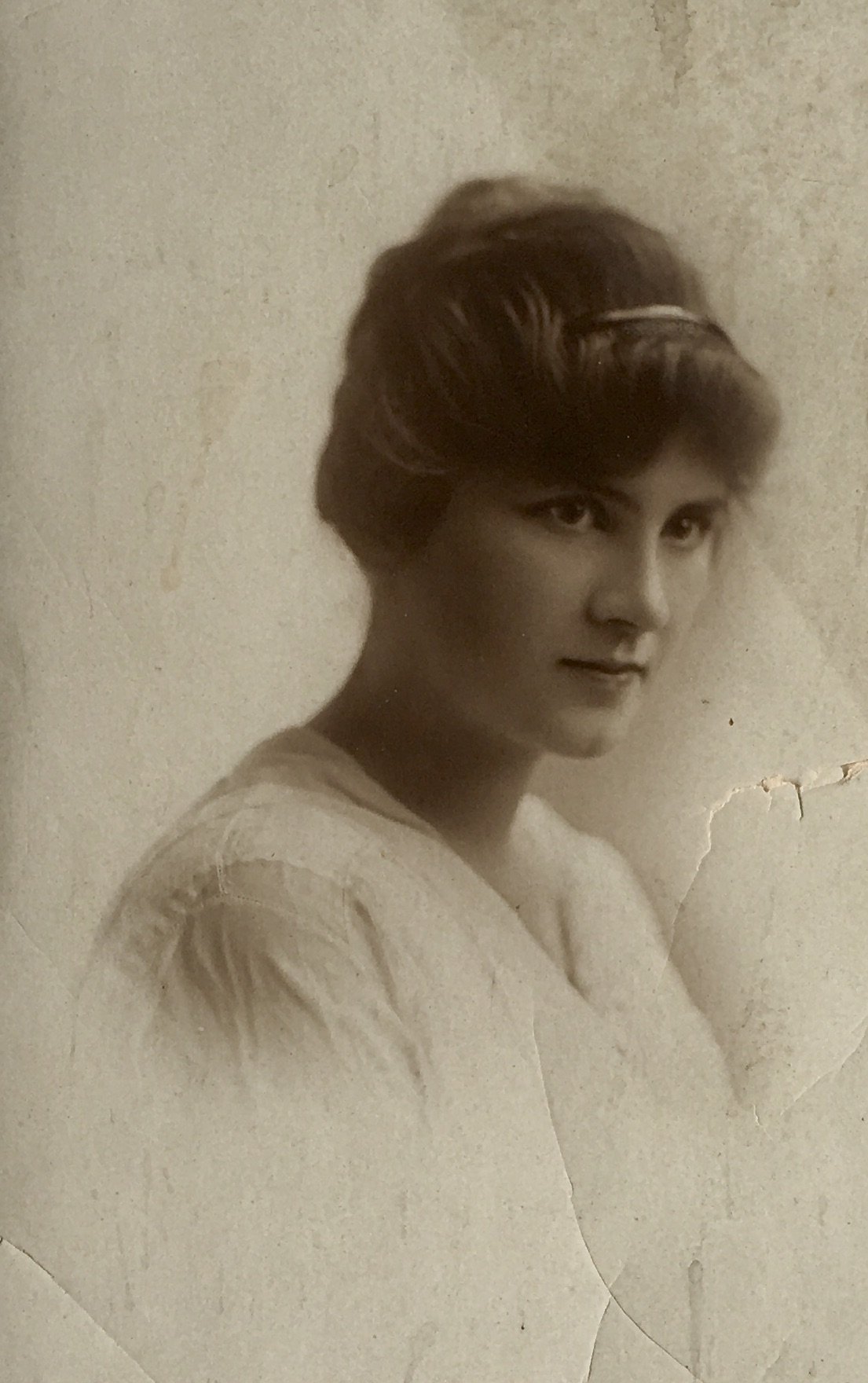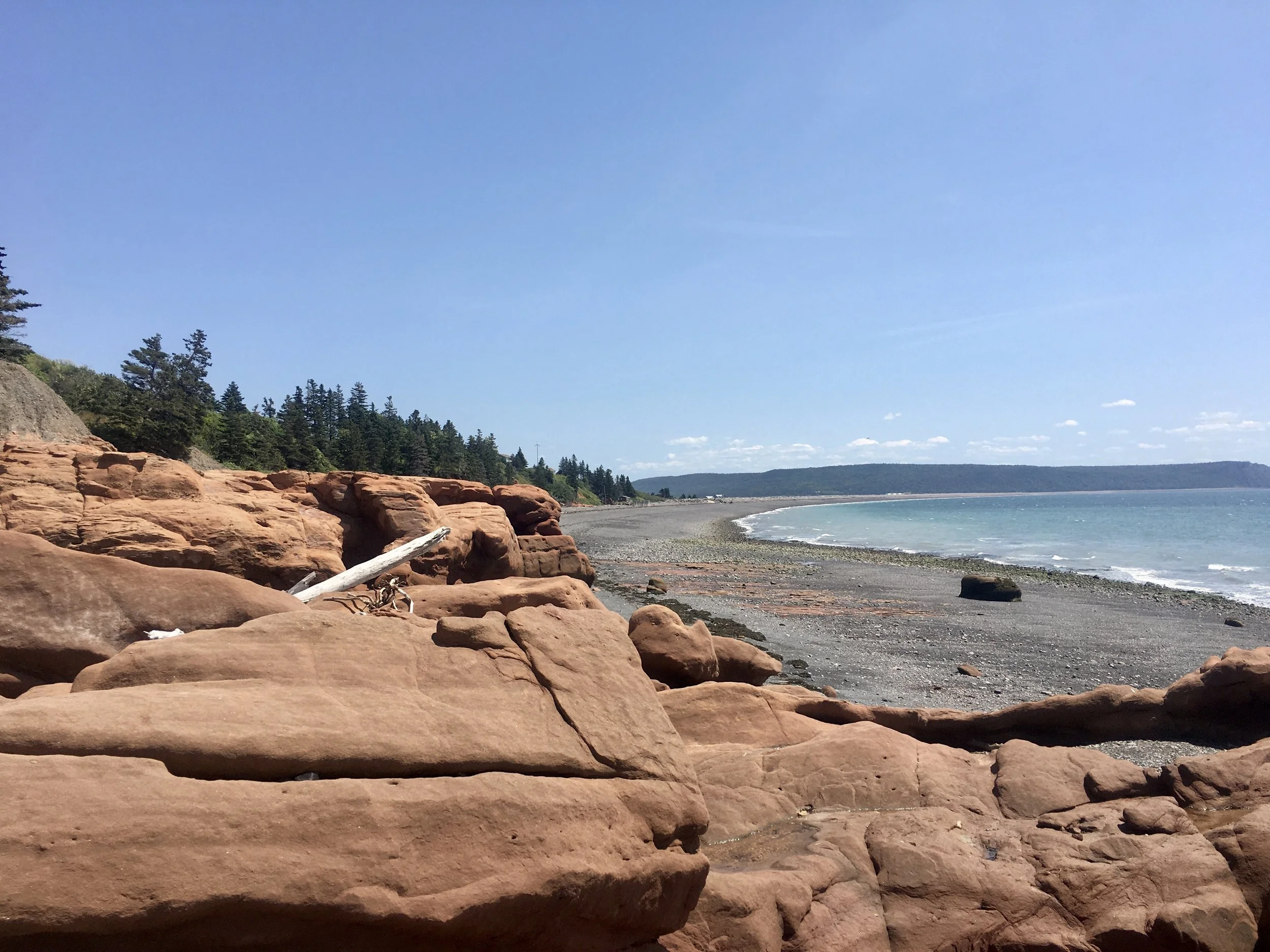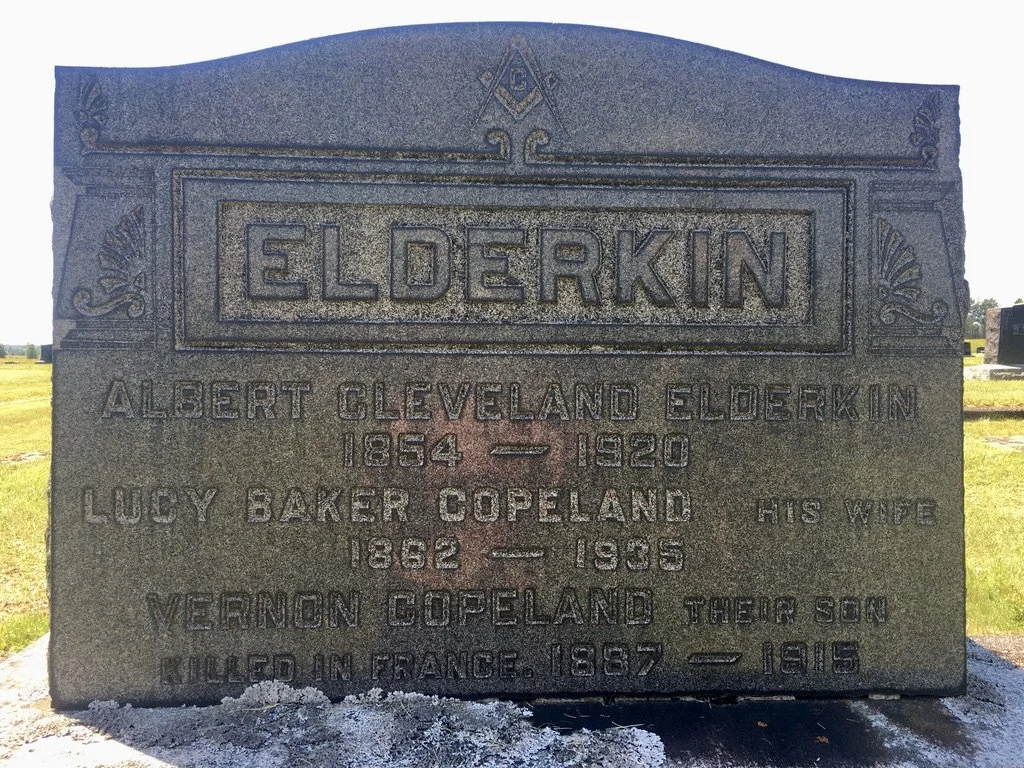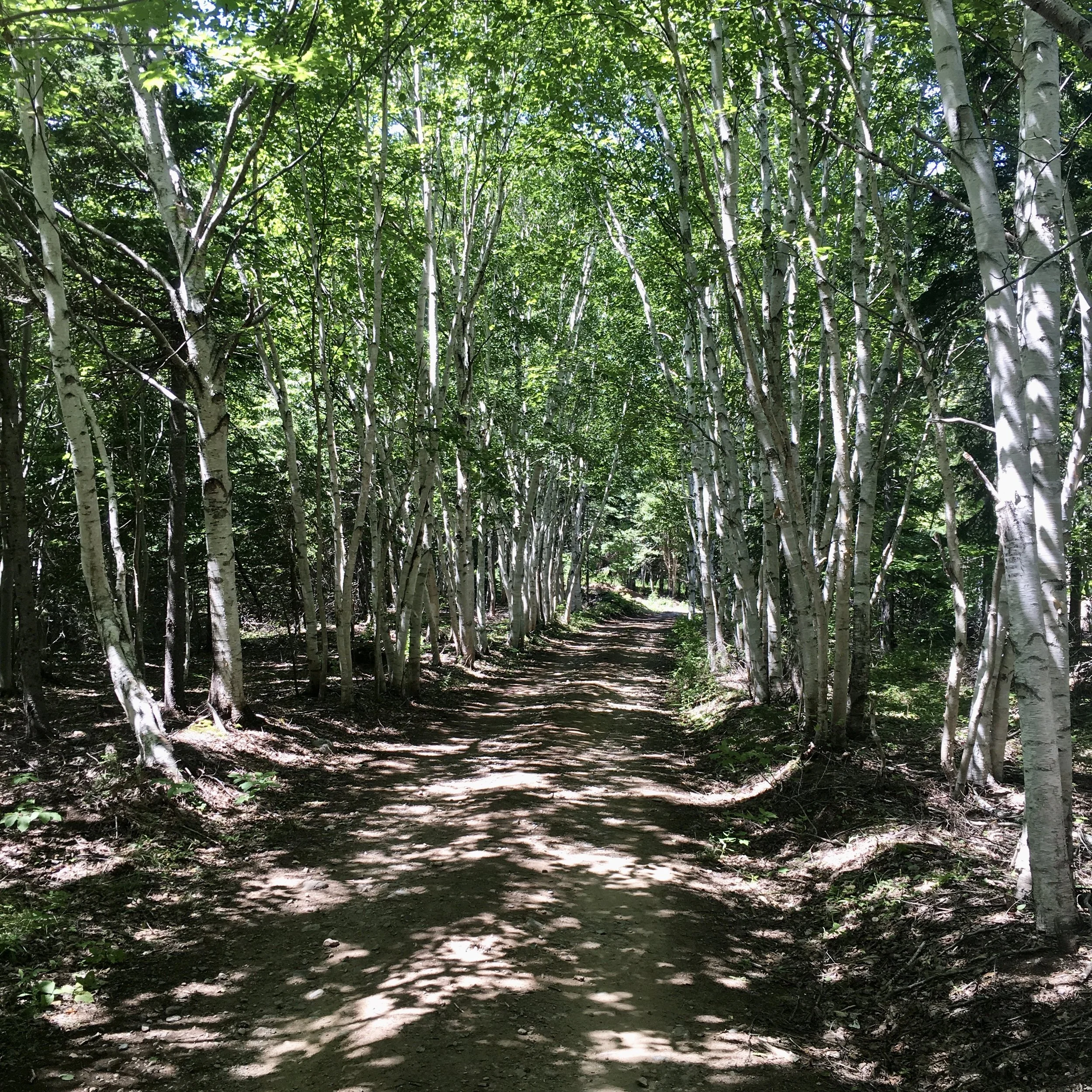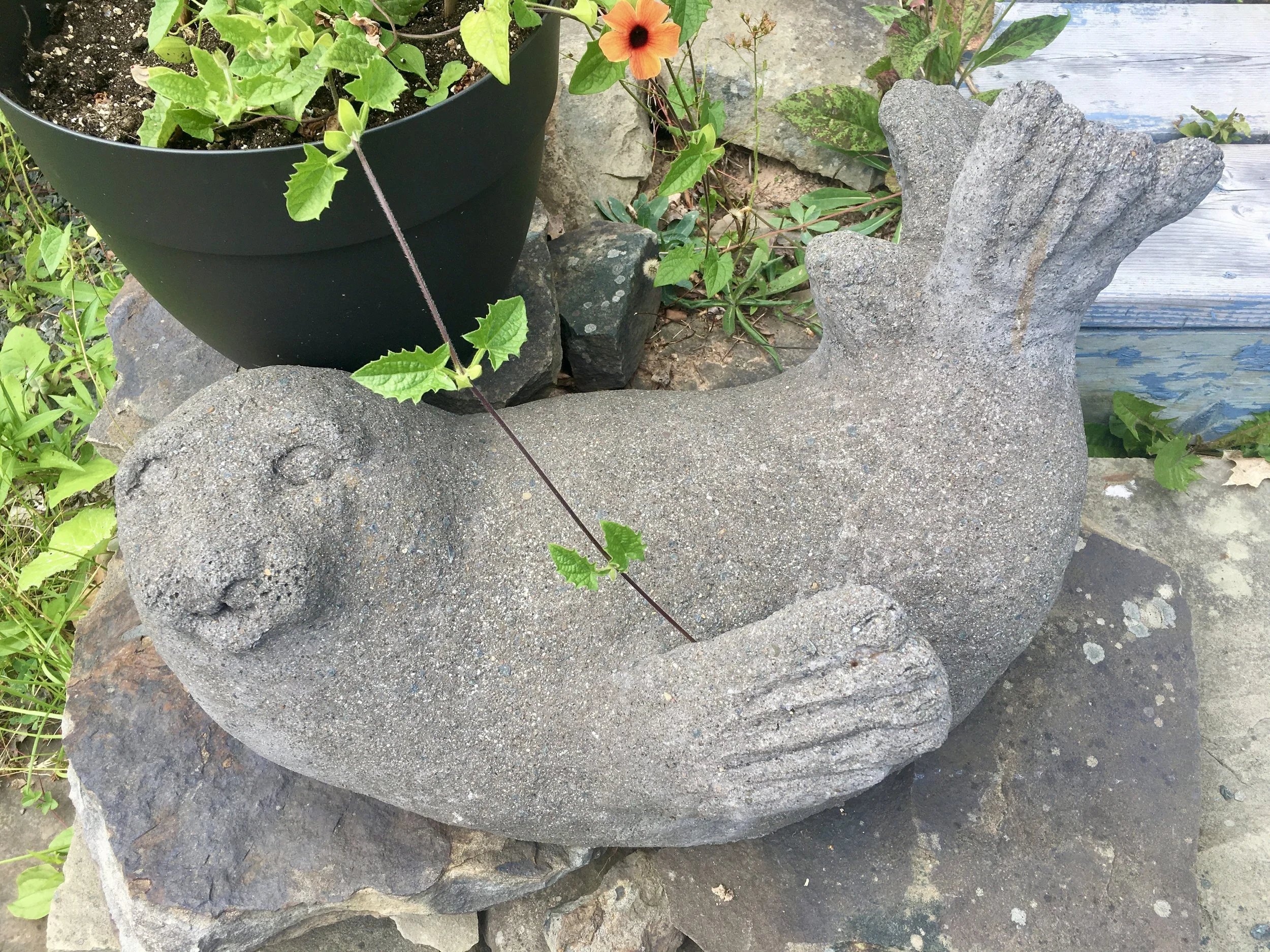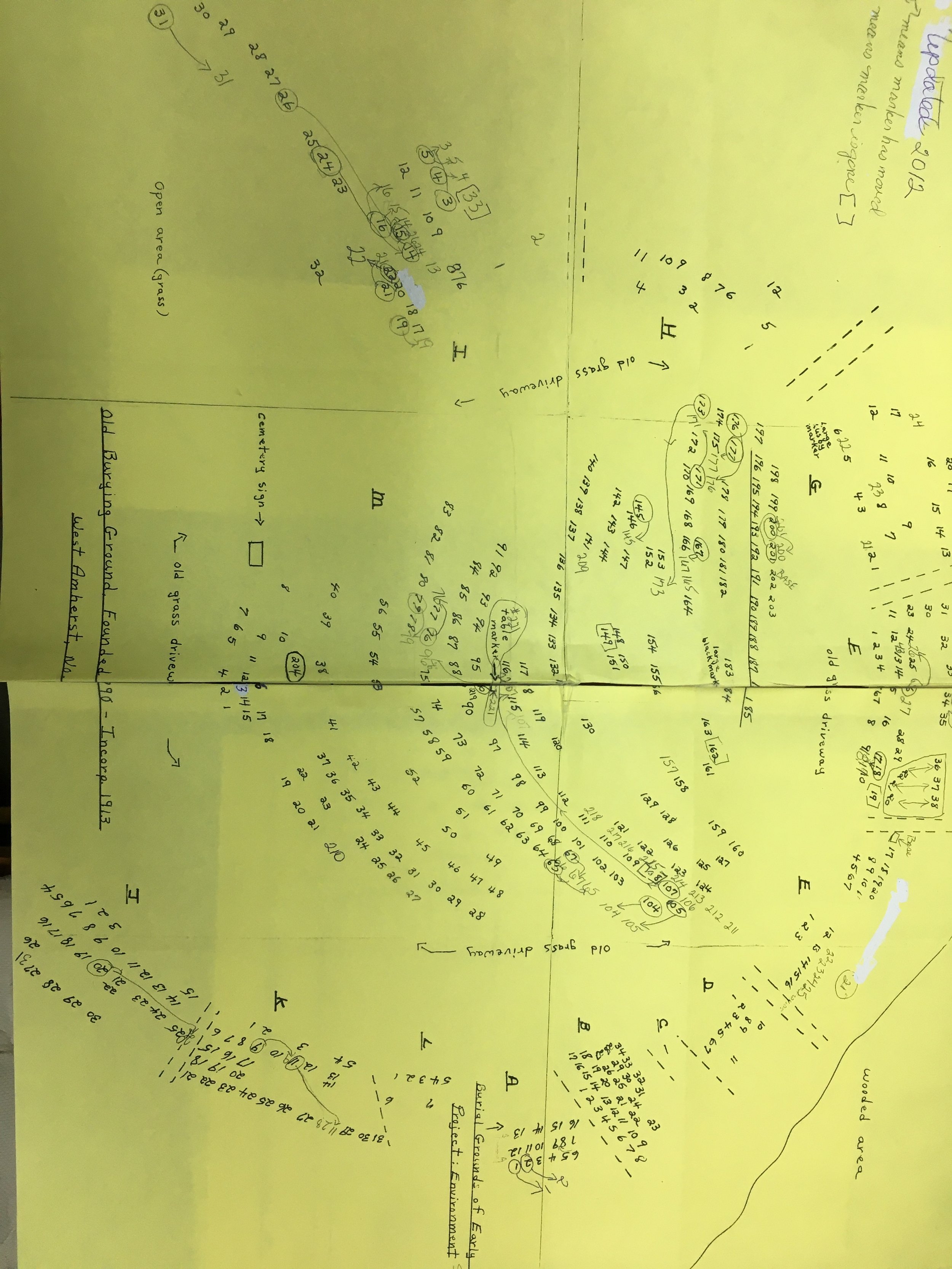
(Be)longing for Home:
tracing roots back to early European ancestry with connections to the Britannic Isles, 2022
Pilgrimage Summer 2022
I am driving from the Sunshine Coast, B.C. to Fredericton, N.B. to do research on my ancestors who settled in Atlantic Canada from the Brittanic Isles.
I have a four photographs, circa 1890-1910, from Pridham Studios, Amherst, N.S. and “A Story of the Copelands from County Wexford, Ireland to Amherst, N.S.” by Jennie M. MacPhee, that my Aunt Marg gave me a few years ago, as my starting place.
I am curious to see what I will find out and to know who this young woman is. I will also be working with clay in a studio at New Brunswick College of Craft and Design in Fredericton while I am here ~ clay is another way for me to make meaning, from a deeply embodied place, of this pilgrimage on the land of my ancestors.
Background image is the gravesite map of Old Amherst Burial Ground
“The recognition of ourselves as interdependent within a multiplicity of interrelated systems, which together form a whole, leads to a consciousness that includes other species, forests, bodies of water, and people who live on the far side of the world whom we have never met. The capacity to feel for the most distant and seemingly unrelated Other arises when we can transpersonally conceptualize and feel ourselves a part of the whole.”
When my aunt shared with me our genealogy record, “A Story of the Copelands: from County Wexford, Ireland to Amherst, Nova Scotia”, a few years ago, I was surprised to find out my ancestors in Ireland were potters. And even more surprised to find out the Copeland potter’s symbol used from 1847-51 was the same one I was using. I am curious to feel and sense the land where my paternal and maternal ancestors settled in Canada in the 1800’s and feel enlivened by the potential of working with clay as a means of representation.
Working with clay/earth has been instrumental in helping me understand, in a very tactile way, how I belong to and am shaped by the land. Clay is the instrument through which I enter into a conversation with the human and more-than-human world and its alive presence….as I listen, feel, and sense my embodied experience on the land I am (re)membered, (re)animated and (re)woven into the fabric of life through the reciprocity of working with clay.
I will spend two and a half months on the land where my ancestors settled, exploring the landscape, gravesites, homesteads, and stories. My research will develop through a phenomenological lens ~ feeling, sensing and thinking through the body. As I wander the land I will attend to my embodied experiences with these types of emerging questions:
How does this place live in me? What is my felt sense in this place? What presences are sensed here? How has the built environment been shaped? How does it feel to walk barefoot on the mudflats? How do I feel standing at the foot of my great grandfather's grave?…
Just before embarking on this pilgrimage my paternal grandparent’s last child, my aunt Margaret, died. We had arranged to meet in May to discuss stories of her ancestors in Amherst but she did not live to tell these stories. The impulse for this project is even more poignant with my beloved aunt Margaret’s passing ~ to know more fully where I come from through a process of (re)claimation of my cultural ancestry and identity.
I’m so very grateful to the staff at the New Brunswick College of Craft and Design for renting me studio space, exploring ash glazes together and firing the Salt Kiln with me for my very first time.

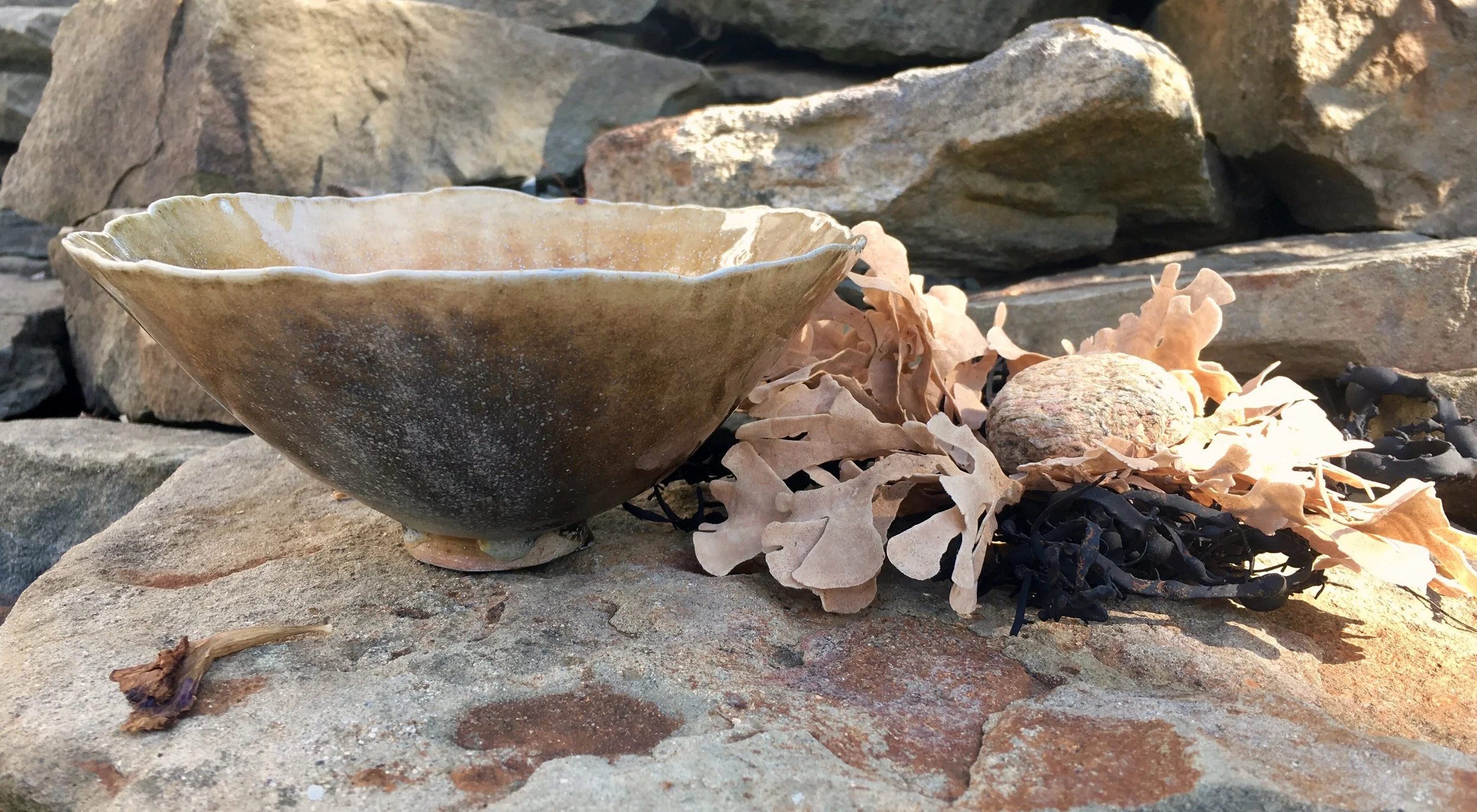

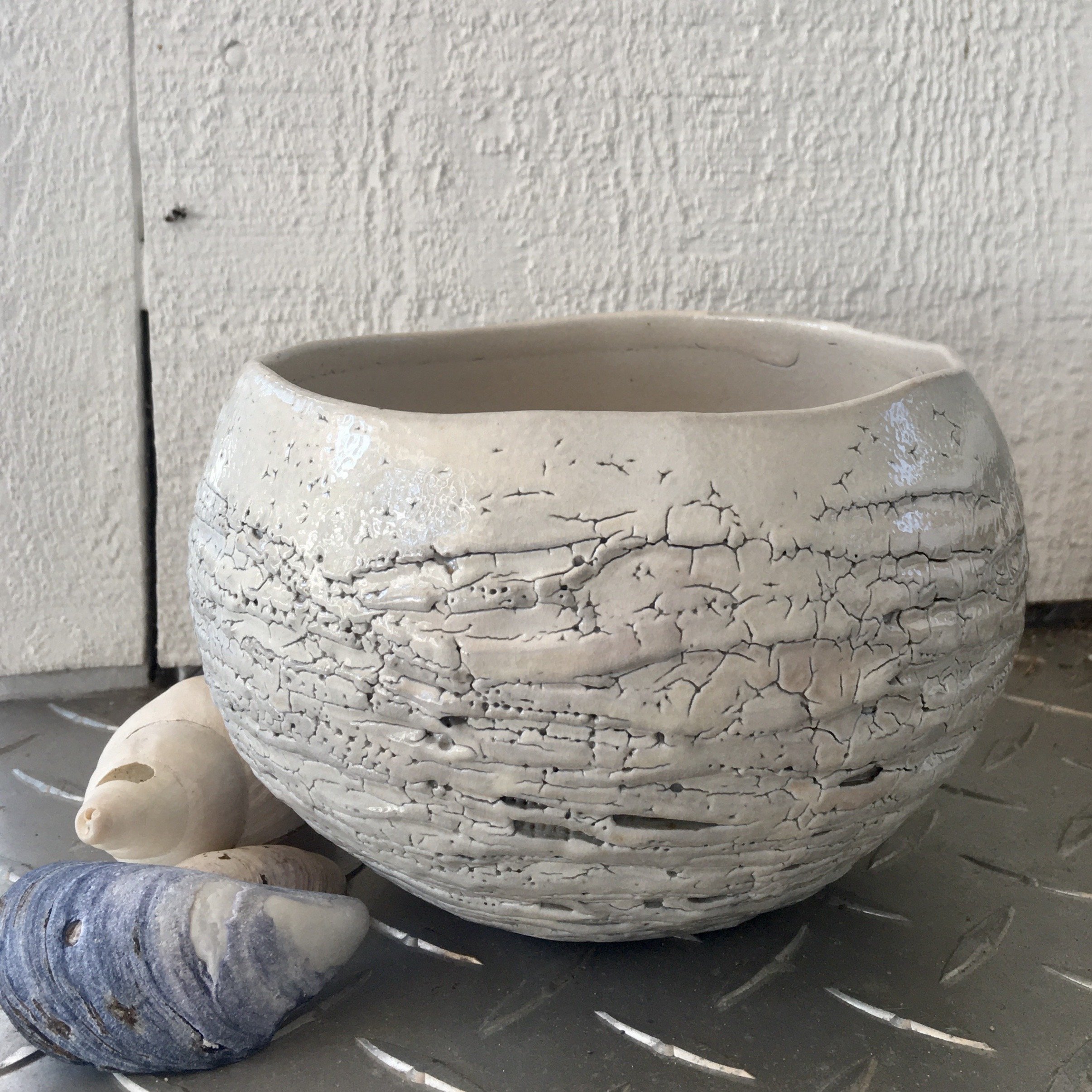
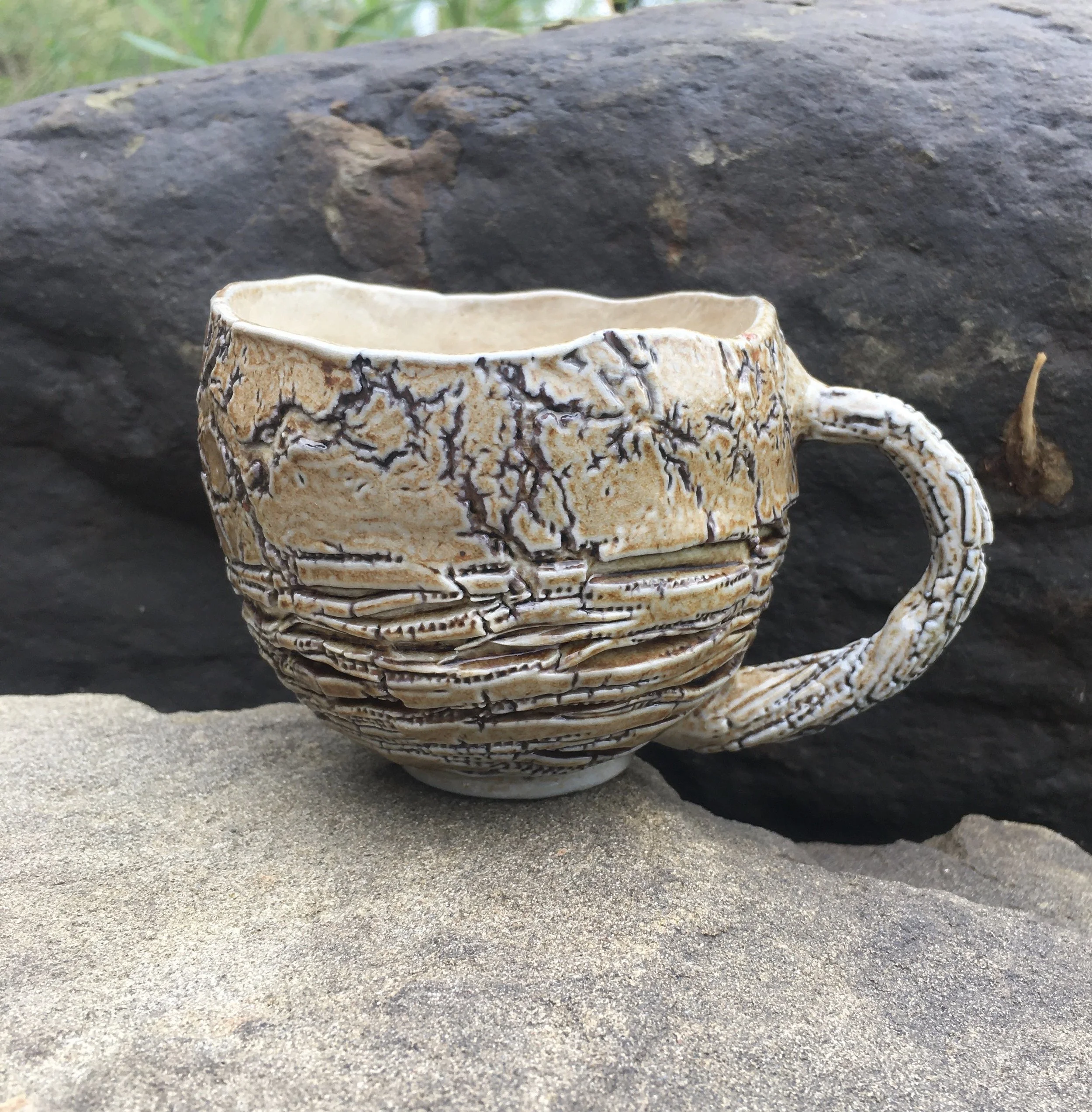
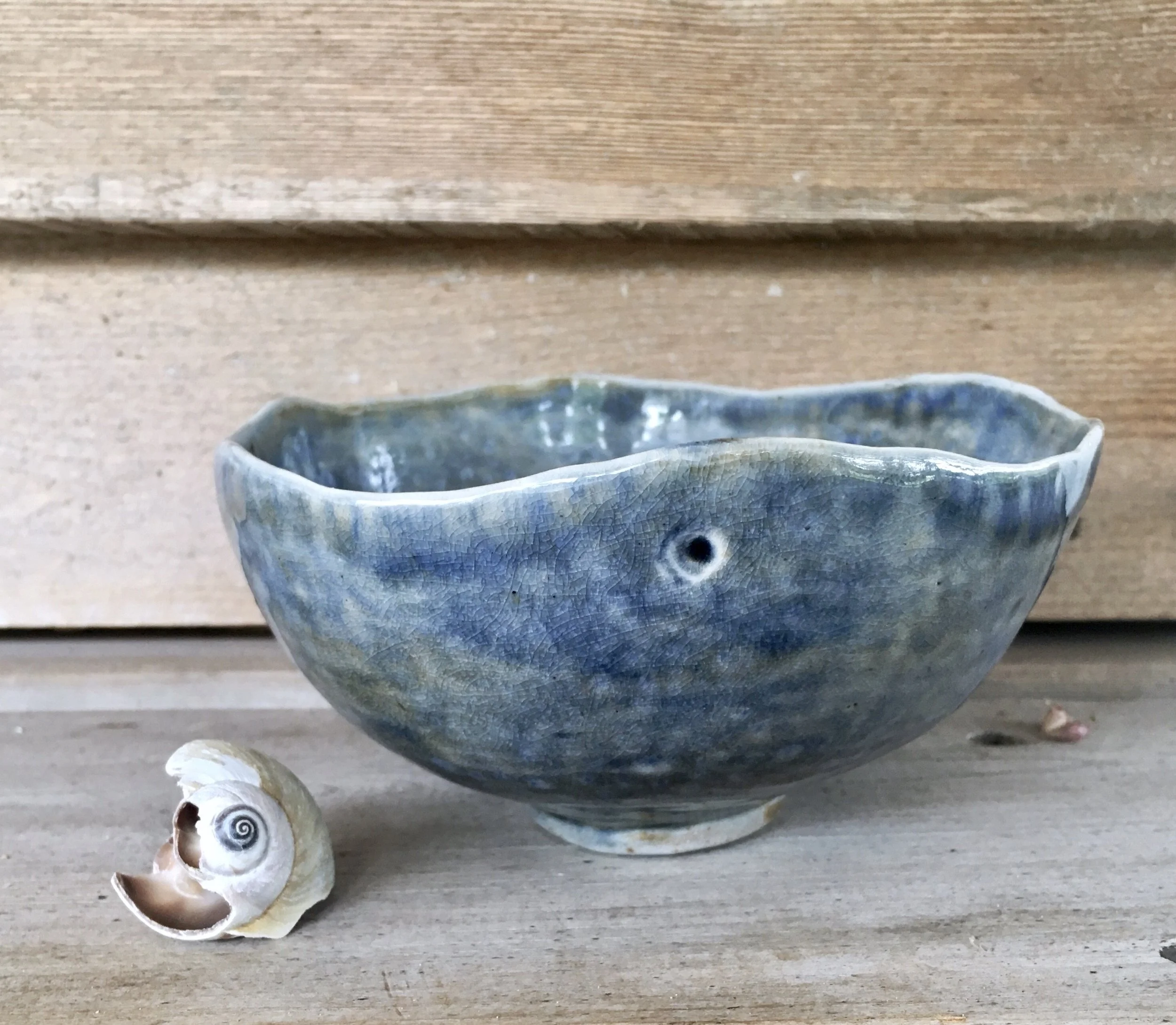
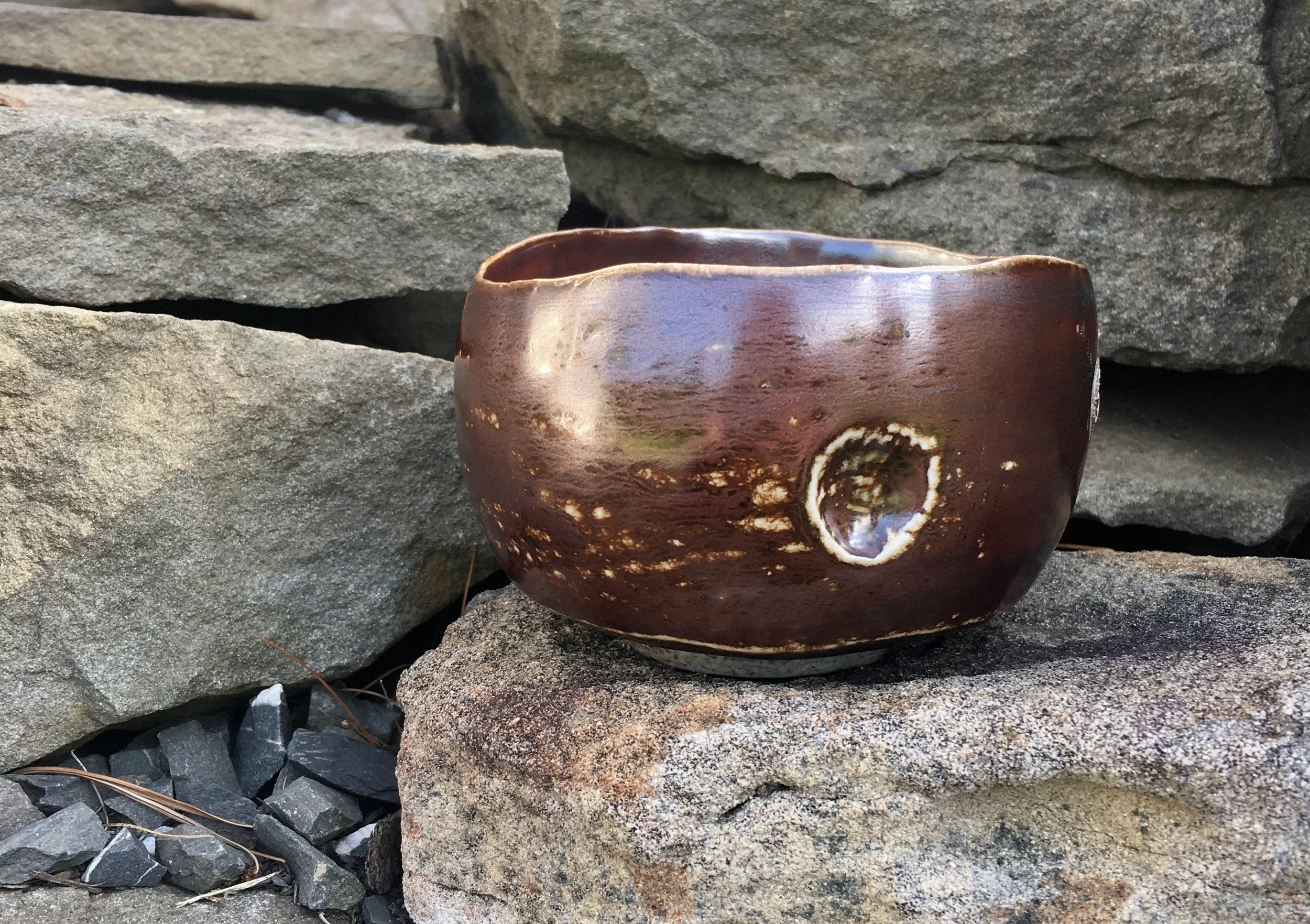

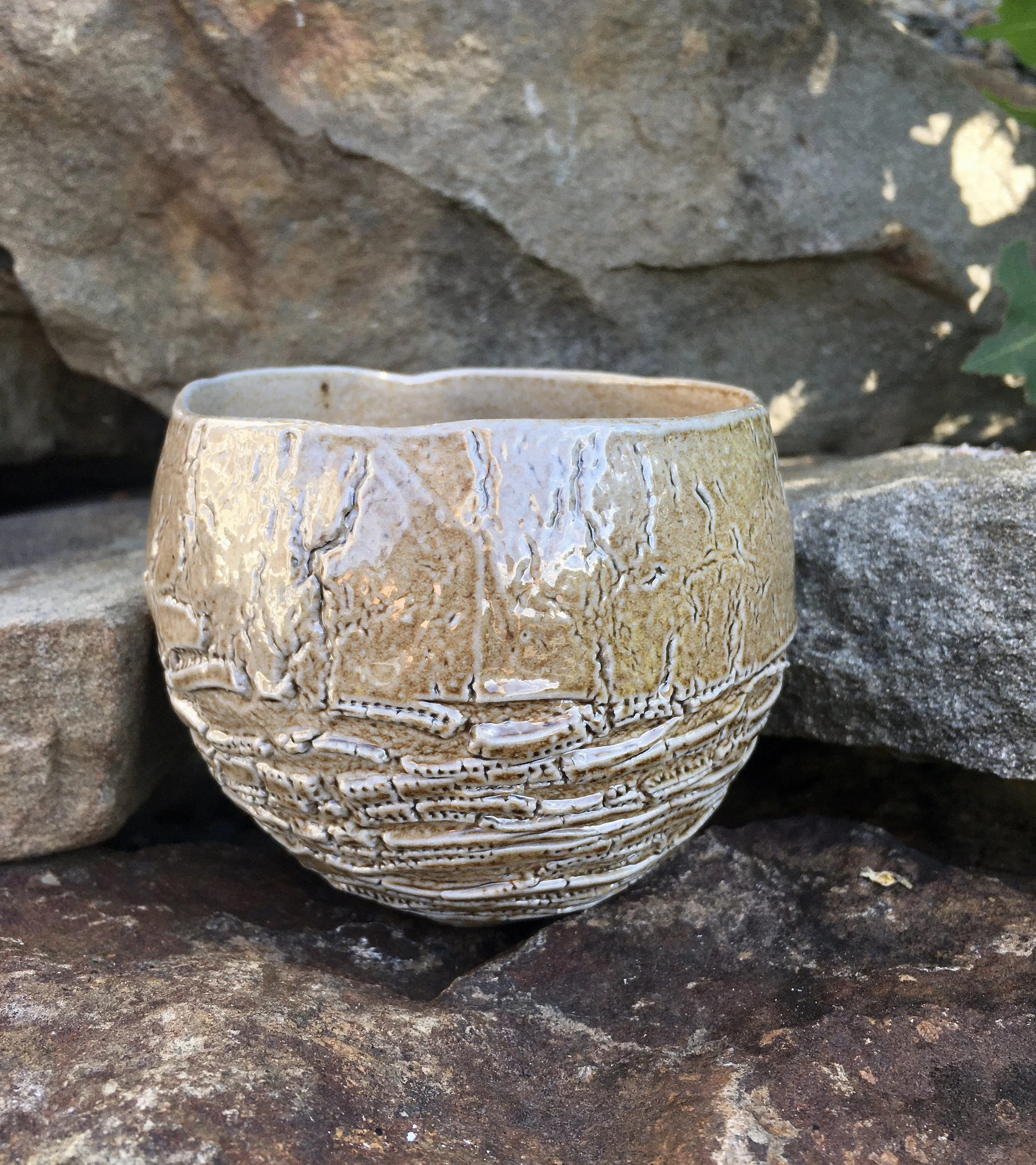
RESEARCH STORIES

Gravestones
Our first stop in Nova Scotia was the Cumberland County Museum and Archives, Amherst (photo insert). With the help of Darryl we were able to locate many of my ancestors graves who lived in this area in the 1700/1800’s. He gave us maps of all the cemeteries and gravestone marker numbers and off we went searching for gravestones.
Here am making a rubbing ~ revealing the words on my great, great, great grandfather’s gravestone at the old burial ground in Amherst, Nova Scotia. This was my most vivid memory of the day, perhaps because the cemetery was so old and I loved the way it was laid out in a circular pattern with a view of the Bay of Fundy in the distance.
**the background on this page is the Old Burial Ground map
Mary Muriel Elderkin 1897-1980
“Goodness is Beauty in It’s Best Estate”
This photo is of my grandmother at my mom’s wedding around 1961.
In July, 2022 I went to Parrsboro, Nova Scotia where I found my grandmother’s gravestone in the Baptist United Cemetery. She was buried with her sister Evelyn Elderkin Surface, brother Vernon Copeland (killed in France), and her parents Albert Cleveland Elderkin and Lucy Baker Copeland.
We were surprised to note that Muriel did not choose to have her married name, Fullerton, on the gravestone nor was she buried with her late husband. We also were surprised to find the gravestone of Clarence Fullerton nearby ~ my grandfather’s dad.
Gillespie Inn, Parrsboro
My friend Jennifer and I stayed at the lovely Gillespie Inn in Parrsboro while we were doing research. On the morning we checked out we got to talking to one of the staff at the Inn who knew we were doing ancestry research.
Jennifer said to her that we would really love to find the homestead of Kathryn’s grandmother. The woman asked what name we were looking for and we said Elderkin ~ Albert Elderkin and Lucy Copeland. She froze for a moment and said, “I’ll be right back”.
She went upstairs and brought down a binder. She turned to the history of the Inn page and showed us Albert and Lucy’s name. They owned this very home from 1910-1937. I was spun out by this news - we had slept in the house my grandmother grew up from age 10 to when she married at age 30.
We think the family moved from Advocate Harbour, where Muriel was born, at around age 10.
II took a photo of the photo of the home in 1910 and one of it today.
Trinity United Church
Muriel and her husband, Carmen Gardiner, married in the Trinity United Church 24th of August, 1926 [Nova Scotia Archives Marriage Register]. The church has a massive and stately presence!
We found out that it was bought privately and now serves as an arts studio and residency.
“In May 2017 Parrsboro’s former Trinity United Church was in danger of demolition. It is now home to the Nonesuch Centre for the Performing Arts & Studios which offers a large performance hall with excellent acoustics as well as several studio spaces”.
Lucy Copeland Elderkin
When we were at the Cumberland County Museum & Archives Darryl showed us how to use the Nova Scotia Archives website to search for information. We looked up Lucy Copeland (my great grandmother on my dad’s side) and found her birth record.
As we were reading through the birth record Darryl was very delighted to discover that the physician in attendance was Sir Charles Tupper, M.D. He took us to the section of the museum where Dr. Tupper’s desk was set up and his doctor bag. Reading through the Registration of Birth we were able to get some more information. Lucy was born in Amherst Point on July 23rd, 1862 to Alison Copeland and Karen Pipes. Alison was a farmer and was himself born in Amherst Point.
Dream:
I am looking for a really nice swimming adventure so I book a place I am not familiar with. I am with a friend. She finds the place for me but she has to go dig it out. At first it is a gravel pit (a dusty dirt path with a mountain on one side) but when she comes back to show me what has been dug out, it is this beautiful blue water with gorgeous shiny seals swimming in the water.
As I wander on the land of my ancestors I wonder how they/I might be connected to deeper traditions/values and connections to myth, land in ways that have a deep significance and resonance for me. Part of my journey has been unsettling the settler within ~ coming to see the truth of my past as descending from colonizers…and, longing to find ancestors who can guide me in practices and traditions that aren’t about practices or policies of control by one people or power over other people. Guideposts, if you will, along the way that will give me a sense of belonging in the world and show me how to live in this world in reciprocity, generosity and with my intuitive faculties.
The dream of seal in the beautiful blue (previously hidden) waters is a deeply impactful dream. Feeling the agility and ease of movement in seal’s body - the smooth silky skin and warmth in the eyes - makes me want to embody the essence of seal. And then I am reminded of the Celtic myth Selkie and I feel like this is a thread to a piece of my past I need to attend to and explore.
I just so happened to start working with black clay after this dream and am making a series of plates and bowls with this smooth, silky black clay - The Selkie Series.
I have come to see ‘Identity’ as something that is fluid. Our sense of identity changes as we have new experiences and are open to different ways of seeing things. Sure, we get stuck in habitual patterns and concretized social constructions of behaviour but ultimately our identity can be like clay - shaped and moulded by these primordial substances that we are also made of.
“Your body is as ancient as the clay of the universe from which it is made; and your feet on the ground are a constant connection with the earth. Your feet bring your private clay in touch with the ancient, mother clay from which you first emerged”. John O’Donohue
As I seek deeper, more ancient, rooted ways of being in relationship with ‘life’ I turn to myth and dreams as sources of information ~ these intuitive ways of knowing, that have been largely forgotten by colonized societies and disregarded as valid knowledge, are as ancient as mother clay from which we emerged. I am learning to trust the wisdom in these modes of knowing and settle into a deeper remembering that this is something we have always known, before we were taught and trained otherwise.
Rich, deep, moist and pungent, with touches of both sweetness and spice
As I sit having my morning coffee on the porch, before we depart to Cape Breton Island, I get a faint whiff of my grandfather David’s pipe. The deep, pungent, smell draws me back to cellular memories of visiting him and my grandmother, Bertha, at their home in Toronto. But, even further back, the mythical Selkie takes me on a journey backwards to his home in Kincardine, his fathers home in Middle River, Cape Breton Island, where Gaelic language was spoken and traditions held, and further back to distant lands in the Britannic Isles where perhaps my people knew these ancient myths and ways of being in relationship with soul ~ a time when the wild instinctual self was allowed to flourish / before the dissolution of the traditional land commons. A time when the quality of relations, a principle of cooperation and responsibility to each other and the earth, the forests, the seas, the animals was upheld.
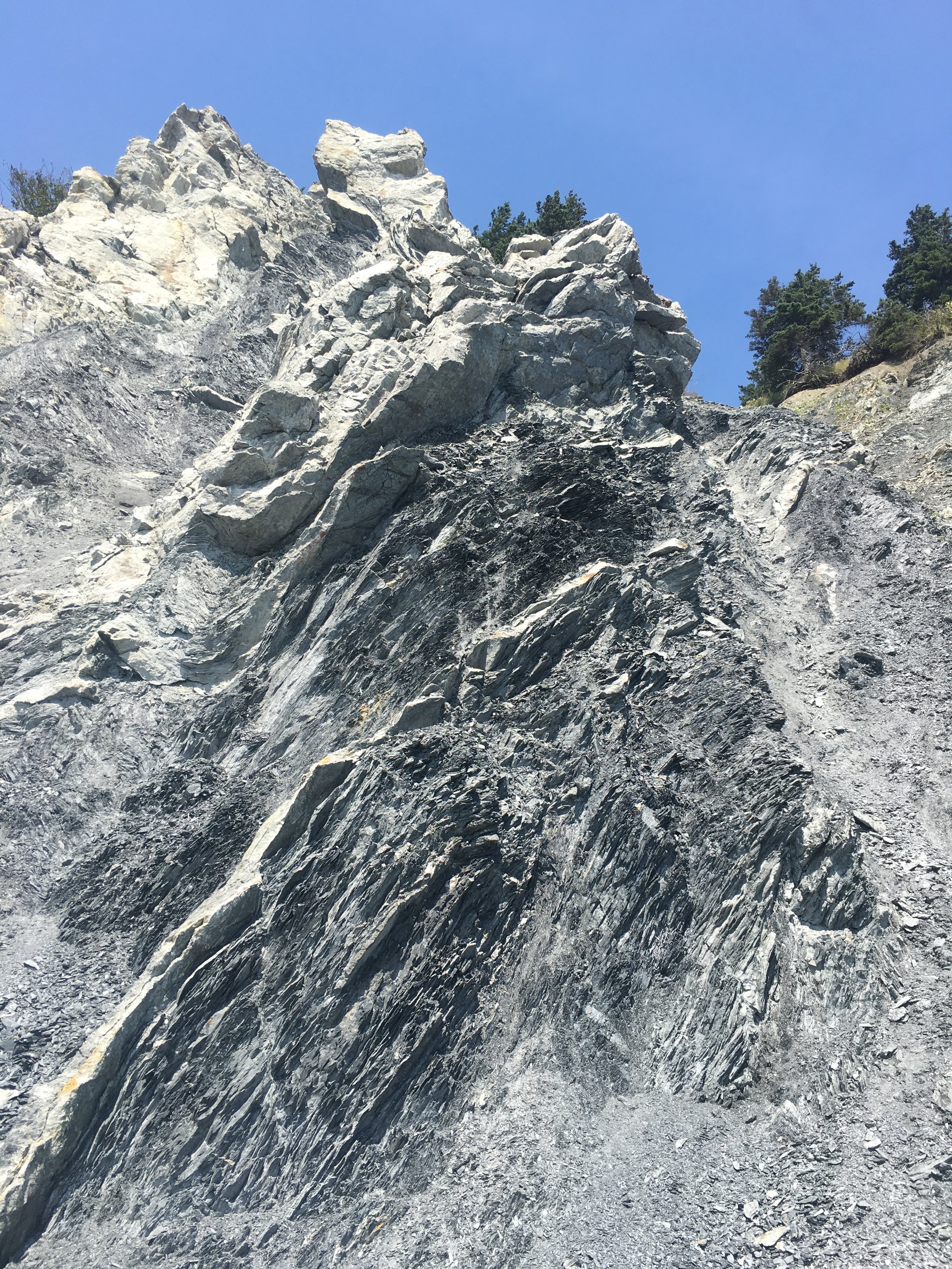
“I need to make things. The physical interaction with the medium has a curative effect. I need the physical acting out. I need to have these objects exist in relation to my body.”
Clay, Earth, Land
The Mi’kmaqs of eastern Canada and the northeastern corner of the United States first appeared in their homeland approximately eleven thousand years ago. They call the region Mi’kma’ki.
The region where the Parrsboro River meets the Minas Basin is located in Awokun, Mi’kma’ki, also known as Parrsboro, Nova Scotia, which is on land that is in the unceded and unsurrendered territory of the Mi’kmaq people. In 1752 a treaty was signed between the British and the Mi’kmaq that detailed the sharing of the land and its resources. The rights within this treaty have not been upheld.
This land is very special because my people are buried here ~ my great, great grandparents were born and died here. As a descendant of settlers who colonized this land, it is important to think about my relationship to the land, to Mi’kmaq culture and its people, and how to make a future where we actually share the land and the resources it gives us. A major step in this process is educating myself. I am on a journey of awareness and education so as to move forward enacting a future of respect and generosity.
I became aware during my time on the land that my great grandfather, Albert Elderkin, was a trader and lumberman. He moved from Advocate Harbour to Parrsboro around 1910 perhaps because this area, known as Mill Village by settlers, was an advantageous location.
